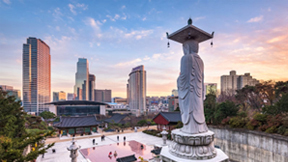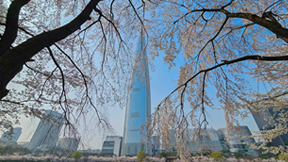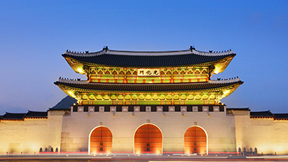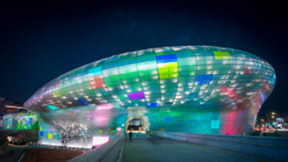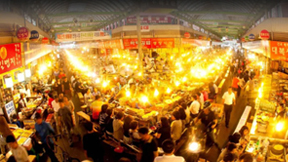
Visit
Incheon & Seoul, Korea
Incheon
Seoul
Incheon, a South Korean city bordering the capital of Seoul, has long been a transportation hub. Home to Incheon International Airport, the port metropolis of Incheon has naturally become a destination city for visitors to Korea. The city accounts for 100th of the total land area of the country, making it technically the largest city in Korea in terms of square kilometers. While its beautiful islands and beaches are a sight to behold, this trip looks into the nooks and crannies of the city itself.

Explore Incheon
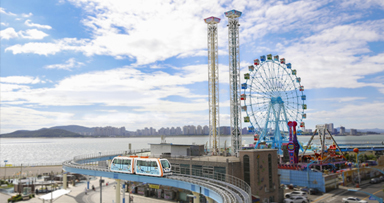
-
Wolmi Theme ParkWolmi Culture Street is cited as one of Incheon’s most representative tourist attractions enabling visitors to enjoy the sea, the setting sun, theme parks, cruises and musical fountains. The amusement park rides, such as the Viking in the Wolmi Theme Park and the Disco Pang Pang, give thrills and fun.Website
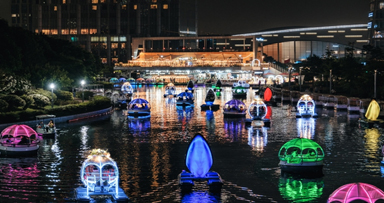
-
Songdo Central ParkLocated between the skyscrapers of Songdo, Songdo Central Park is a seaside park. The 1.8㎞ long waterway, which is designed to bring in seawater, becomes shiny in the sunlight. As a Songdo’s representative tourist attraction, it enables visitors to enjoy a water taxi, water sports experience and cycling. At night, the light pouring from the building and the lights illuminating the park create a fantastic night view.Website
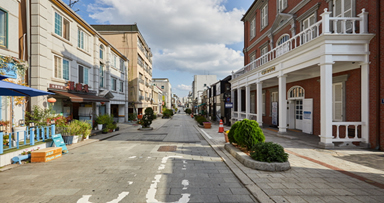
-
Incheon Open Port AreaThe Center presents the selection of all models of modern architecture at the opening port era. The delicate building miniatures allow you to see inside and outside of the building at the same time. It is a modern historical and cultural place that has preserved the historical traces of the last 130 years since the establishment of Incheon in 1883. It is possible to see the appearance of Incheon at the opening port era, the existing modern buildings and the lost modern buildings.Website
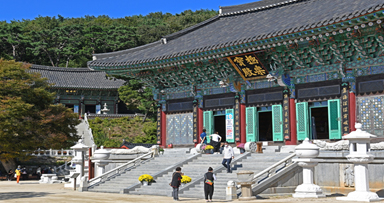
-
Bomunsa TempleIf you climb along a little sloping road, there is a forest of old pine trees and Bomunsa Temple at the end of the road. The statue of reclining Budda is overwhelmingly overtaking your sight. Five hundred Buddha disciples with different facial expressions and the Statue of Seated Mahae Kwan - yin, which was carved on Eyebrow Rocks, are the highlights of the trip to Bomunsa Temple. The West Sea and the sunset that you can see while climbing up to the Statue of Seated Mahae Kwan - yin give you the best healing moments.Website

-
Eurwangri Wangsan BeachWalking through tidal - flats or sandy beaches during the low tide, alleviating your hunger at the restaurant around the beach, drinking a cup of tea at the carpark, and seeing the sunset will make a perfect day. Wangsan Beach is a leisurely and secluded place where many campers seek a quiet camping beach.WebsiteUseful website



